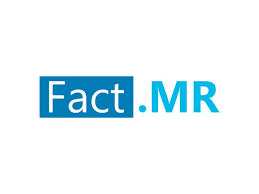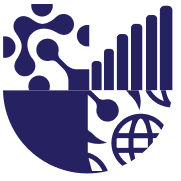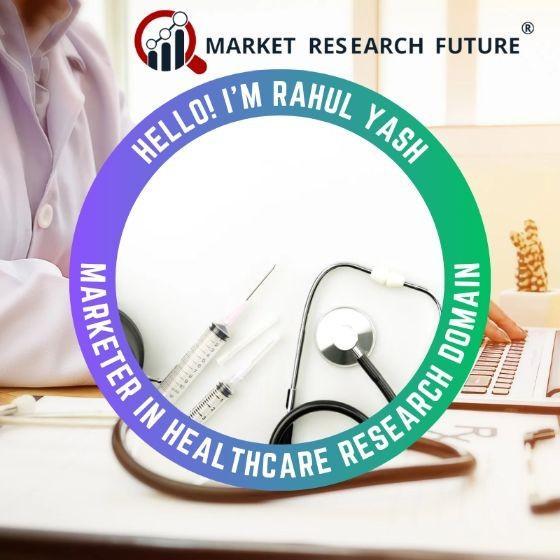The global benzodiazepine drugs market is projected to expand in the coming decade, driven by growing incidence of anxiety, insomnia, alcohol-withdrawal disorders, and advances in pharmaceutical formulations. According to a recent Fact.MR report, the market was valued at approximately USD 2.35 billion in 2022, and is expected to grow at a compound annual growth rate (CAGR) of 2.8% to reach USD 3.1 billion by 2032.
Market Drivers & Outlook
The demand for benzodiazepine drugs is rising in response to mounting global mental health challenges. Increasing prevalence of anxiety-related disorders, driven by fast-paced lifestyles, work stress, and heightened psychosocial pressures, is a primary factor. The report notes that alprazolam leads the product segment with roughly 29-30% market share, reflecting its wide use in panic and anxiety disorders. Other major product types include clonazepam, diazepam, and lorazepam.
By time-of-action segments, short-acting benzodiazepines dominate market share and are expected to continue this trend through 2032, while ultra-short acting variants are gaining interest due to their pharmacokinetic advantages and lower risk of dependency. Applications such as anxiety, insomnia, alcohol withdrawal, and seizures are the main therapeutic areas, with anxiety disorders taking the largest share. Geographically, North America holds a significant portion of the market (around 35-40%) and is seen as the region with most favorable conditions for growth, thanks to well-established healthcare systems, high diagnosis rates, and regulatory support. Asia-Pacific is identified as a growing opportunity, supported by rising awareness, growing populations, and increasing mental health care infrastructure.
While the growth rate is moderate, the market is influenced by both accelerating and restraining forces. Positive influences include rising mental health awareness, novel formulations aimed at reducing side effects and dependence, and regulatory approvals of new benzodiazepine products. On the other hand, increasing interest in non-drug therapies (such as cognitive behavioral therapy), stricter regulatory controls, concerns around addiction and dependency, and growing generic competition exert pressure on branded benzodiazepine products.
Key Players & Competitive Landscape
Major companies profiled in the Fact.MR report include Pfizer Inc.; Akorn Inc.; Hikma Pharmaceuticals; Hameln Pharmaceutical; Accord; Troylab; Amneal Pharmaceuticals LLC; Apotex Inc. These firms, along with others in the generic and branded space, are investing in product development, regulatory compliance, and supply chain stability.
Across industry reports beyond Fact.MR, additional players such as F. Hoffmann-La Roche Ltd., Teva Pharmaceutical Industries Ltd., Sun Pharma, Aurobindo Pharma, among others, are competing strongly. Many of these companies are focusing on differentiating their portfolios via novel delivery formats, abuse-deterrent formulations, pediatric-friendly dosing, and faster acting or shorter duration therapies. Generic manufacturers are gaining share due to patent expirations, regulatory incentives for generics, and cost pressure on branded products.
Recent Developments
Recent developments are reshaping both how benzodiazepine medicines are delivered and regulated. One highlighted advancement is the approval of intranasal or buccal formulations designed for faster onset-for example, diazepam nasal spray has been developed for acute seizure cluster treatment, a shift toward more rapid and user-friendly dosage forms. There is also increasing R&D activity around abuse-deterrent, extended-release formulations, and short-acting molecules to reduce long-term dependency risk. Another regulatory development in the U.S. involves the enhancement of safety warnings: the Food and Drug Administration (FDA) has required boxed warnings to be updated to more clearly communicate risks of abuse, misuse, addiction, physical dependence, and withdrawal for all benzodiazepine medications, especially when used in combination with opioids or CNS depressants. This is prompting manufacturers and distributors to revise labeling, package inserts, and prescribing guidelines.
Additionally, companies are expanding clinical trials to include pediatric populations and exploring new indications beyond the traditional applications. Efforts are underway to improve formulations for better patient compliance, such as fast-dissolving tablets or films, and to explore alternative routes of administration. In parallel, pressures such as telemedicine regulations, prescription length limits in some jurisdictions, and public health policies designed to reduce overuse are shaping prescribing behavior.
Challenges & Restraints
While innovation is rising, certain challenges remain. Dependency, misuse, and withdrawal risks continue to be major public health concerns. Regulatory bodies globally are tightening oversight, control classifications, and prescription limits, which may constrain market expansion in some regions. The shift by many patients and healthcare providers toward non-pharmacological treatments or non-benzodiazepine alternatives (such as certain antidepressants, behavioral therapies, sleep hygiene treatments) also acts as restraint. Generic competition squeezes margins for branded drugs, especially in regions with strong regulatory support for generics. Additionally, shortages of active pharmaceutical ingredients (APIs), high quality supply chain requirements, and variability in regulatory requirements across countries complicate global product launches.
Browse Full Report: https://www.factmr.com/report/4432/benzodiazepine-drugs-market
Strategic Implications & Future Outlook
Given the forecasted growth to USD 3.1 billion by 2032 under modest CAGR, the benzodiazepine drugs market offers opportunities for companies that can blend innovation, safety, and regulatory compliance. Strategic priorities for manufacturers include investing in R&D for alternative formulations (e.g. intranasal, extended-release, fast dissolving), improving abuse deterrence, and creating therapeutics that reduce duration of action to limit dependency risks. Bridging gaps in patient compliance, launching pediatric-friendly dosage forms, and enhancing route of administration options will also be differentiators.
Companies with strong regulatory, manufacturing, and commercialization capacities will likely lead. Also, health systems, governments, and regulatory authorities have roles to play via clearer prescribing guidelines, balanced regulation (ensuring safety without denying access), public health campaigns about appropriate use, and supporting telemedicine infrastructure.
Given the tensions between needing effective treatments for mental health vs risks of dependency, the market is expected to evolve gradually but steadily. Innovation, safety, and alternative therapies will shape demand. Regions with unmet mental health care needs-particularly in Asia-Pacific, Latin America, and parts of MEA-are expected to show higher growth, especially under programs that improve healthcare access, reduce stigma, and support drug distribution.
Request for Discount: https://www.factmr.com/connectus/sample?flag=S&rep_id=4432
Contact:
US Sales Office
11140 Rockville Pike
Suite 400
Rockville, MD 20852
United States
Tel: +1 (628) 251-1583, +353-1-4434-232
Email: sales@factmr.com
About Fact.MR
We are a trusted research partner of 80% of fortune 1000 companies across the globe. We are consistently growing in the field of market research with more than 1000 reports published every year. The dedicated team of 400-plus analysts and consultants is committed to achieving the utmost level of our client's satisfaction.
Benzodiazepine Drugs Market Forecast 2024–2034: Generic vs Branded Drug Dynamics – Fact.MR







